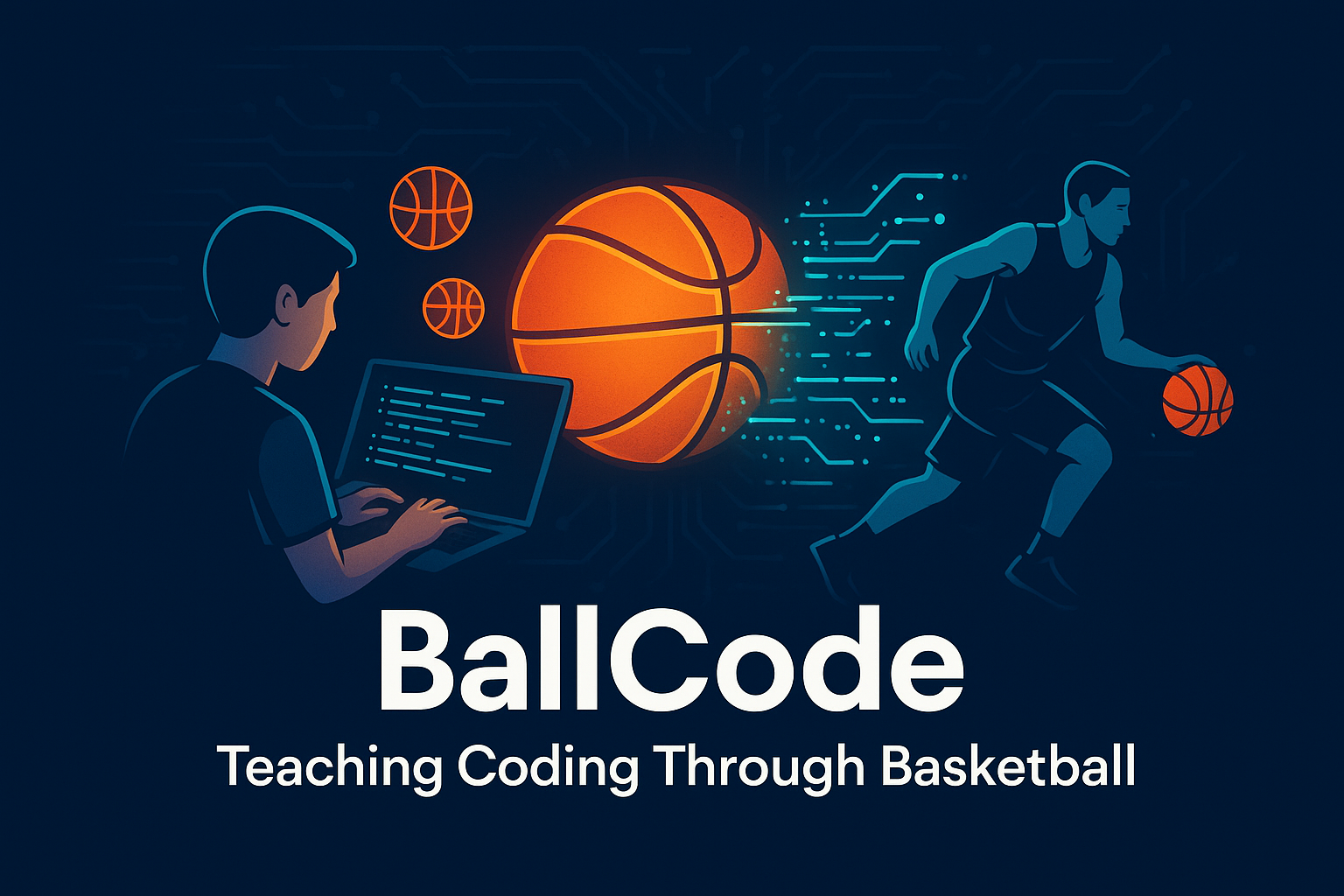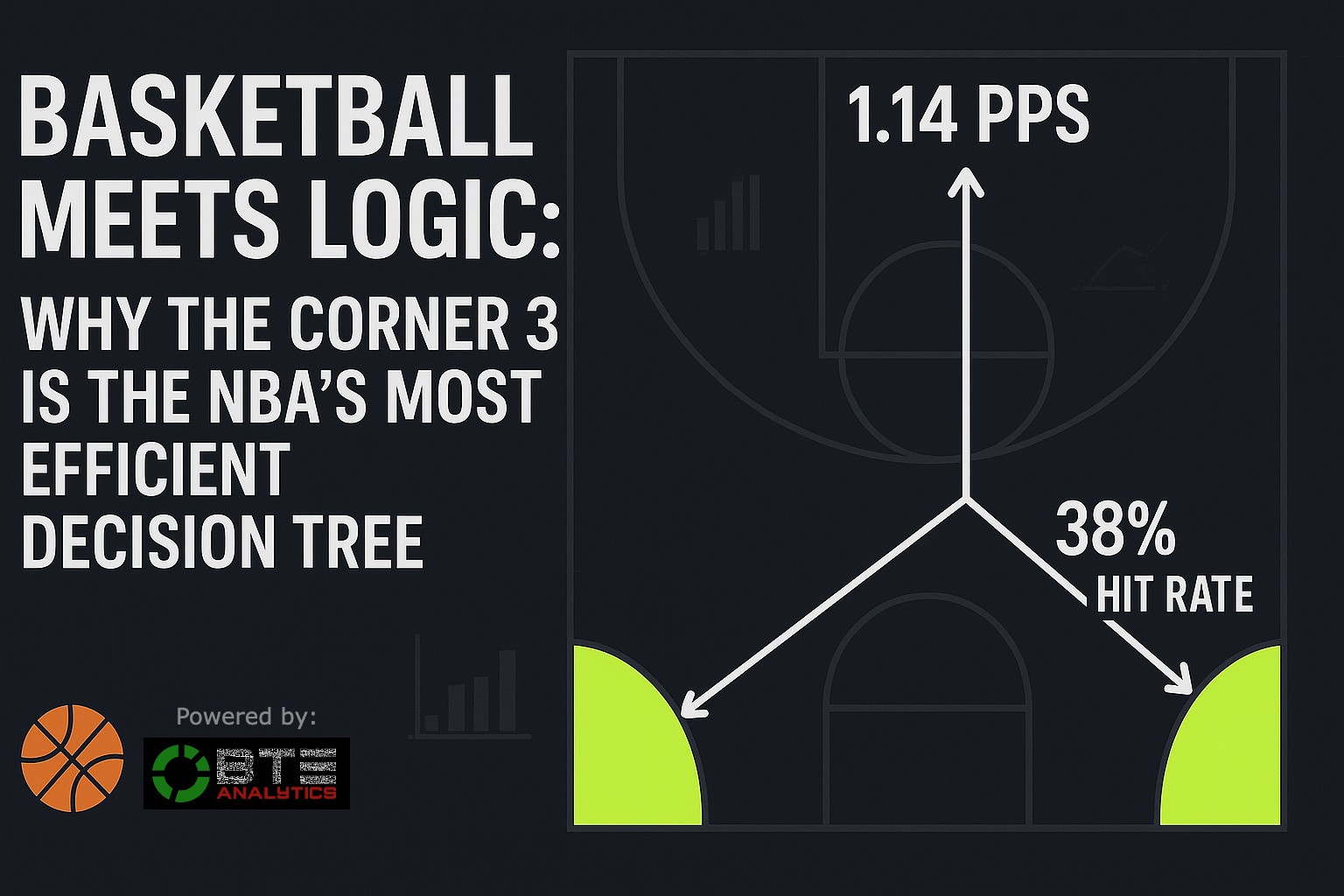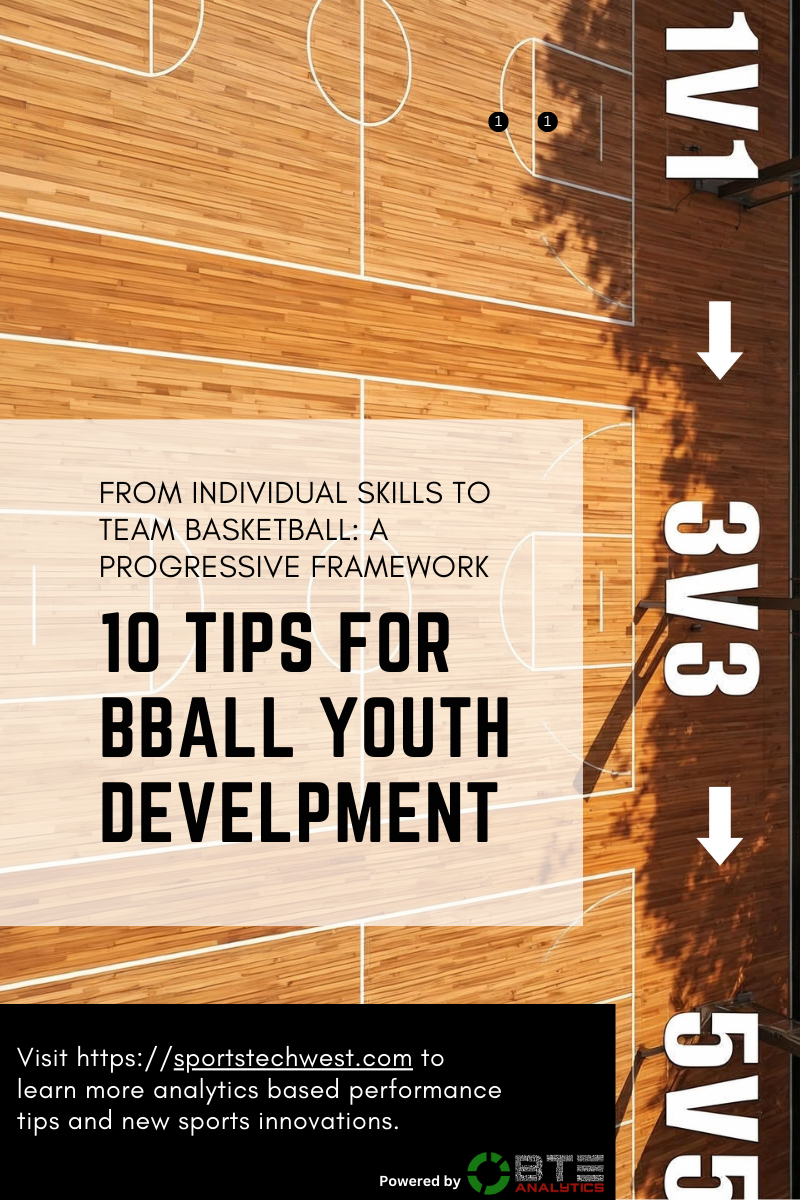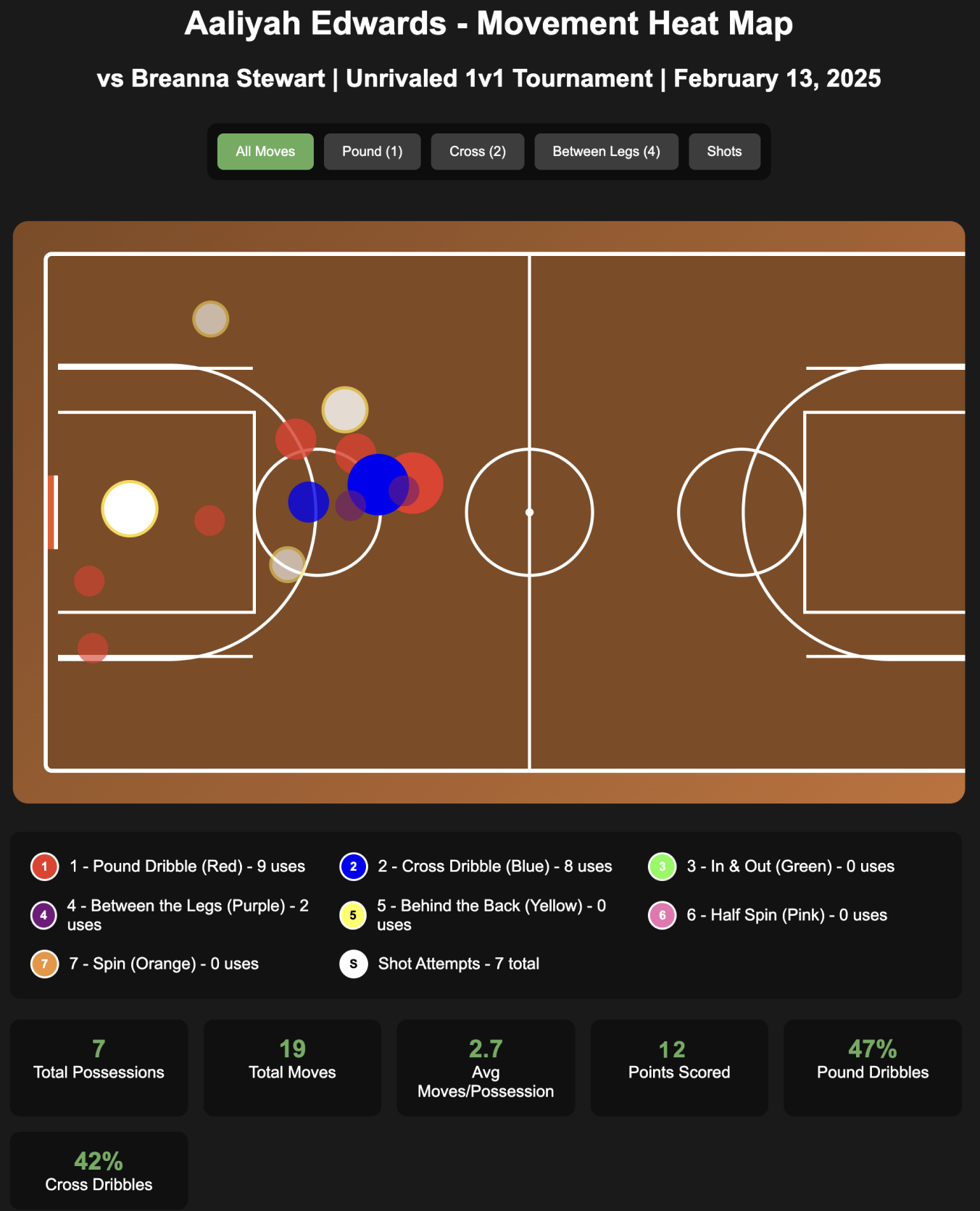The Unrivaled Edge: What Women's 1v1 Data Can Teach Scouts About Elite Prospects
1v1, 3v3, 5v5 Dominance
As the WNBA season unfolds, Napheesa Collier’s name is not just prominent in the MVP discussion, it’s virtually synonymous with it. Her on-court performance is more than just impressive; it’s a compelling narrative of a player reaching new heights. Consider her career-best numbers this season: leading the league in scoring (24.4 points per game), a career high in assists (3.6 per game), and remarkable shooting percentages across the board, including 52.4 percent from the field, 42.1 percent from three-point range, and an astounding 93.1 percent from the free-throw line.
These percentages are not just stellar; if she maintains them, Napheesa Collier will join Elena Delle Donne as only the second WNBA player ever to achieve the exclusive 50 percent field goal, 40 percent three point, 90 percent free throw (50/40/90) season. These aren’t just incremental gains; they represent a significant leap in her offensive efficiency and overall impact. But beyond these undeniable statistics, it begs a question for us at BTE Analytics: Is there a deeper, more fundamental shift in her game that has unlocked this unprecedented success? Could her recent experiences in high-stakes 1v1 matchups and the dynamic world of 3v3 basketball be a powerful catalyst?
While traditional stats tell part of the story, what truly defines an MVP candidate in these high stakes moments? We often talk about athleticism and mobility, but at BTE Analytics, our data points to something more decisive: versatility in one on one play, honed by the unique pressures of the 3v3 game.
To understand this, we looked at unique data from the Unrivaled League. While Unrivaled is primarily a 3v3 league a format known for accelerating decision making, reading gaps, and understanding spacing it also hosted a groundbreaking 1v1 tournament. This tournament generated invaluable, quantifiable data from elite professional women competing head to head in high stakes individual competition. This rare dataset provided a powerful lens to explore the very essence of individual dominance.
Collier’s performance in the Unrivaled 3v3 league itself was exceptional. In 14 regular season games, she led the league in scoring, averaging 25.7 points, 10.6 rebounds, 2.8 assists, 2.0 blocks, and 1.4 steals per game. These comprehensive statistics underscore her overall impact and ability to dominate across multiple facets of the game, a direct result of the continuous action and spatial demands of 3v3.
We specifically studied a compelling matchup from this 1v1 tournament featuring Napheesa Collier against Aaliyah Edwards, another elite athlete who possesses physicality, size, and mobility. What this detailed data analysis revealed illuminates exactly why Collier is currently so impactful and a frontrunner for the WNBA MVP. The ability to excel in both 3v3 and 1v1 formats highlights her comprehensive understanding of offensive creation.
Before we dive into the insights, let’s define our terms:
-Mobility is how well a player moves: their speed, lateral quickness, and ability to cover ground.
-Versatility is how many different ways a player can score, counter, or adapt once they’re in the play.
When we broke down the data, the difference between mobility and versatility was clear and decisive, especially in high leverage 1v1 scenarios.
What We Saw: Collier’s MVP Level Versatility
Mobility gets you to the spot. Versatility, often sharpened by the spatial demands of 3v3, decides what happens next.
Aaliyah Edwards, in this particular 1v1 tournament, showcased impressive speed and straight line power. However, Napheesa Collier, already known for her physicality and size, demonstrated a significantly wider and more adaptable skill set. She didn’t need to be solely faster; she just needed more answers to Edwards’ challenges.
Collier’s versatility allowed her to control the tempo and dictate the terms of the engagement. Our analysis showed she used six distinct shot types and countered her opponent 78.3 percent of the time. She consistently leaned into spin moves to create space and shift angles, making her offensive approach unpredictable and incredibly difficult to defend. This knack for attacking gaps and manipulating spacing, a core skill developed in 3v3 environments, translates directly to her 1v1 success.
In contrast, predictability limits outcomes. Edwards, in that specific 1v1 scenario, went right 84.6 percent of the time. Collier, however, forced defenders to play both sides with a more balanced hand profile, constantly keeping her opponent off balance. That hesitation opened up lanes and created scoring windows Edwards couldn’t access. This is a hallmark of an MVP level player who can consistently generate offense regardless of the defense, often by exploiting the same spatial advantages she learns in 3v3.
Bottom Line: The MVP’s Decisive Edge
At the elite WNBA level, every player possesses exceptional athleticism. What truly separates a regular season standout from an MVP contender like Napheesa Collier is the strategic capacity to adapt, counter, and solve problems in real time, especially by leveraging offensive spacing. Athleticism opens the door. Versatility, cultivated through diverse playing experiences like 3v3, walks you through it, often leading to wins.
Mobility got Edwards into position. Versatility let Collier take over and ultimately win the matchup. The insights gleaned from Unrivaled’s high stakes 1v1 format vividly demonstrate these principles, showcasing the nuanced difference that makes a player indispensable. Her involvement in the 3v3 format likely sharpens her ability to identify and attack the limited spacing found even in 1v1 scenarios.
And this isn’t just about individual accolades. It’s a key insight for:
-Player Development: Are we training players to simply react, or to adjust and find solutions by understanding spacing and creating gaps?
-Game Strategy: Are teams building systems that reward athleticism alone, or foster versatile problem solvers who can exploit smaller areas?
-Talent Evaluation: Are we identifying players who thrive in chaos and consistently offer more options on the court, particularly those with experience in varied game formats like 3v3?
Because in elite competition, especially in the tight confines of the WNBA MVP race, the game isn’t just about who moves best. It’s about who solves best. And right now, Napheesa Collier’s unparalleled versatility in 1v1 situations, significantly enhanced by her 3v3 understanding of spacing and gap attacking, is a prime example of why she’s driving her team’s success and making such a compelling MVP case.







